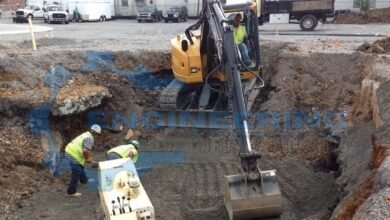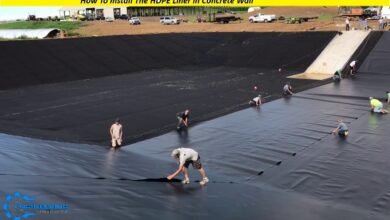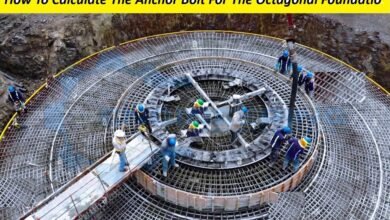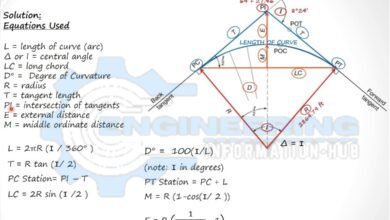What is The Process of The Concrete Injection With Detail
The Process of Concrete Injection |Process of Concrete Injection With Detailed

What is The Process of Concrete Injection With Detail
Learn about concrete injection, a specialized construction technique used to enhance the structural integrity of concrete surfaces. Discover its applications, materials like epoxy resins and polyurethane foams, and detailed processes involved. Get insights from a real-world case study on the rehabilitation of an aging bridge. Ideal for addressing cracks, voids, and other structural issues efficiently and economically. What is The Process of The Concrete Injection With Detail
Introduction to Concrete Injection
Concrete injection is a specialized technique within construction and repair projects, aimed at enhancing the structural integrity of existing concrete surfaces. Defined filling voids, cracks, and gaps in concrete structures, concrete injection serves to restore strength, durability, and functionality to compromised concrete. This method is particularly effective for addressing issues such as water leaks, unstable foundations, and deteriorating structures that emerge over time or due to various environmental factors.
One of the primary objectives of concrete injection is to ensure the longevity of concrete structures. The process binds the discontinuities and fortifies the material’s overall cohesiveness by injecting concrete or polymer-based materials into fractures or cavities. The meticulous nature of concrete injection allows for precise targeting of problem areas, making it a highly efficient solution in minor repairs and large-scale rehabilitative efforts.
Concrete injection finds common applications in several sectors, particularly bridges, tunnels, dams, and buildings. In civil engineering, it is often utilized to repair foundation issues caused by soil settlement or seismic activity. Additionally, the method employs historical structures, where preserving the original architecture is crucial. The adaptability and precision of concrete injection make it a preferred choice in scenarios where traditional repair methods may fall short.
In comparison to other repair techniques, concrete injection offers distinct advantages. Traditional methods, such as complete replacement or extensive patching, can be cost-prohibitive and time-consuming. Conversely, concrete injection minimizes disruption and often proves more economical. This method also provides a cleaner and less invasive solution, preserving the surrounding materials and reducing the overall environmental impact of construction interventions.
The Detailed Process of Concrete Injection
Concrete injection is an intricate process that necessitates meticulous planning, precise execution, and strict adherence to safety protocols. The procedure begins with a comprehensive assessment of the concrete structure. professionals identify specific issues such as cracks, leaks, or voids. This evaluation helps determine the most suitable injection material, such as epoxy resins for structural repairs or polyurethane foams for leak sealing.
Once the preliminary assessment is complete, the preparation phase commences. This includes thorough cleaning of the concrete surface to ensure optimal adhesion of the injection material. Any debris, dust, or contaminants are meticulously removed using high-pressure washing or sandblasting techniques. Following the cleaning, the next step involves drilling injection ports along the identified weaknesses. These ports serve as entry points for the injection material and are strategically placed to ensure comprehensive coverage.
With the injection ports installed, professionals prepare the injection material. This stage is critical as it involves components to achieve the desired properties. For instance, epoxy resins require a specific ratio of resin to hardener to ensure effective bonding and durability.polyurethane foams to achieve the required expansion and sealing characteristics.
The actual injection procedure follows, where the prepared material is injected into the concrete through the drilled ports. Depending on the type of material, specialized equipment such as manual injectors or hydraulic pumps may be employed. The goal is to fill the cracks or voids, ensuring a strong and lasting repair. Monitoring the injection process is crucial to maintain the proper flow rate and pressure, thus preventing overfilling or underfilling.
Once the injection is complete, the finishing steps involve removing the ports and conducting a final surface treatment. This may include smoothing and sealing the surface to restore its original appearance and functionality. Adhering to safety measures throughout the process is paramount. Workers must utilize appropriate personal protective equipment (PPE) such as gloves, goggles, and respirators. Furthermore, ensuring proper ventilation and following manufacturer guidelines for material handling can significantly mitigate potential risks.
Types of Materials Used in Concrete Injection
Concrete injection is a versatile technique used to repair and strengthen structures. The choice of material is paramount, influencing the efficacy and longevity of the repair. Here we explore the primary materials utilized in this process: epoxy resins, polyurethane foams, and cementitious grouts, each offering distinct properties suited to specific scenarios.
Epoxy Resins
Known for their high bonding strength and rigidity, epoxy resins are frequently used in structural repairs. These resins provide excellent adhesion to concrete surfaces, making them ideal for cracks requiring a strong, durable bond. Epoxies typically have a prolonged curing time, allowing thorough penetration into fine cracks, but this can be a disadvantage in time-sensitive projects. Additionally, their limited flexibility might render them less suitable in environments with frequent movement or thermal changes.
Polyurethane Foams
Polyurethane injection foams are prized for their flexibility and rapid curing times. These materials are particularly effective for sealing leaks in dynamic environments, as they can expand and contract without losing integrity. Their expansive properties also make them suitable for filling larger voids and cracks. However, the bonding strength of polyurethane foams, while adequate for many applications, is generally lower than that of epoxies, potentially limiting their use in high-stress structural repairs.
Cementitious Grouts
This category includes a variety of mixtures primarily composed of cement, sand, and other additives. Cementitious grouts offer robust compressive strength and are well-suited to large-scale repairs such as underpinning or void filling in heavy-duty industrial floors. They are also cost-effective and have adjustable consistencies to suit specific project needs. On the downside, these grouts can experience shrinkage over time and are less effective in environments where flexibility or quick curing is necessary.
factors such as curing time, bonding strength, and expansion properties should be meticulously assessed. For instance, a project necessitating speedy completion may favor polyurethane over epoxy due to the former’s quick-setting characteristics. Conversely, a repair requiring maximum structural strength and minimal flexibility might benefit from using epoxy resin.
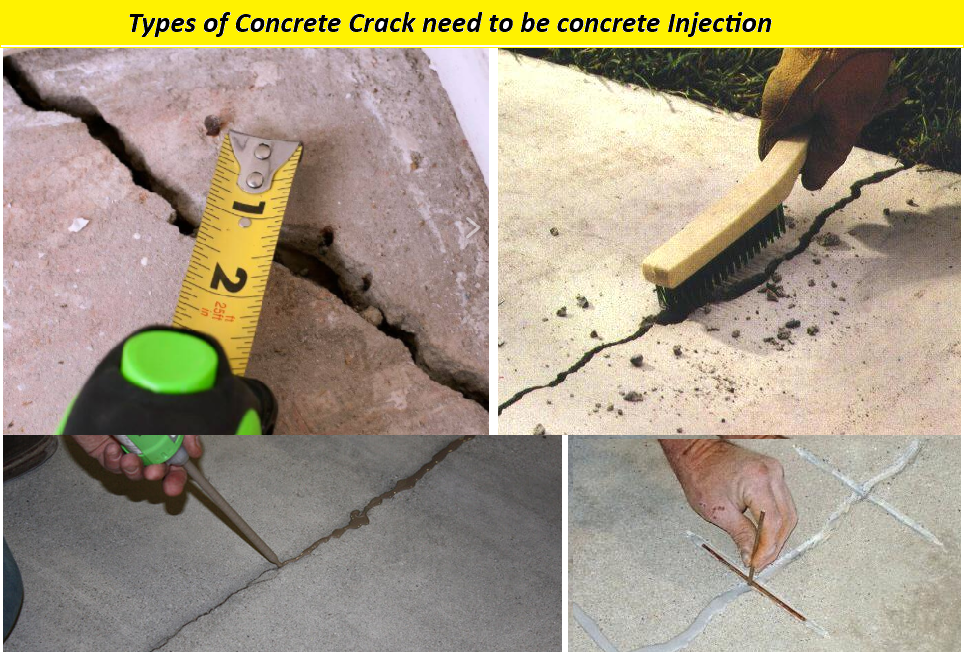
Concrete Injection in Real-world Applications
Concrete injection has proven to be an especially effective method in various structural repair scenarios. One illustrative case study involves an aging bridge structure located in a coastal region prone to harsh weather conditions. The initial condition of the bridge revealed significant deterioration in several critical areas, including deep cracks in the load-bearing columns and pronounced spalling on the surface due to prolonged exposure to moisture and salt.
The primary challenge was to restore the structural integrity of the bridge without causing significant disruption to the daily traffic flow. After thorough assessment and consultations, the engineering team decided to employ concrete injection as the primary repair method. Epoxy resin was selected as the injection material due to its excellent binding properties and ability to penetrate deep into the fissures.
The concrete injection process commenced with the precise identification and cleaning of all significant cracks and damaged areas. Injection ports were strategically placed along the identified cracks, ensuring comprehensive coverage. High-pressure pumps were then used to inject the epoxy resin into the cracks, filling voids and effectively bonding the fractured segments together. Monitoring was continuous throughout the process to ensure adequate flow and penetration of the epoxy, avoiding any overflows.
Post-injection observations indicated a substantial improvement in the structural stability of the bridge. Load tests conducted after the repair showed that the repaired columns could now support significantly more weight than before. Notably, the appearance of the columns improved markedly, with the once-visible cracks seamlessly sealed and the surface spalling addressed through subsequent surface treatments.
This case study highlights several best practices essential for successful concrete injection projects. Firstly, a meticulous preliminary assessment to determine the extent of damage and appropriate injection materials is crucial. Secondly, precision in the placement of injection ports and careful monitoring during the injection process ensures that the resin reaches all targeted areas effectively. Lastly, post-injection evaluation through load tests and visual inspections confirms the efficacy and durability of the repair. These insights serve as valuable guidelines for other structural engineers considering concrete injection for structural repairs.



